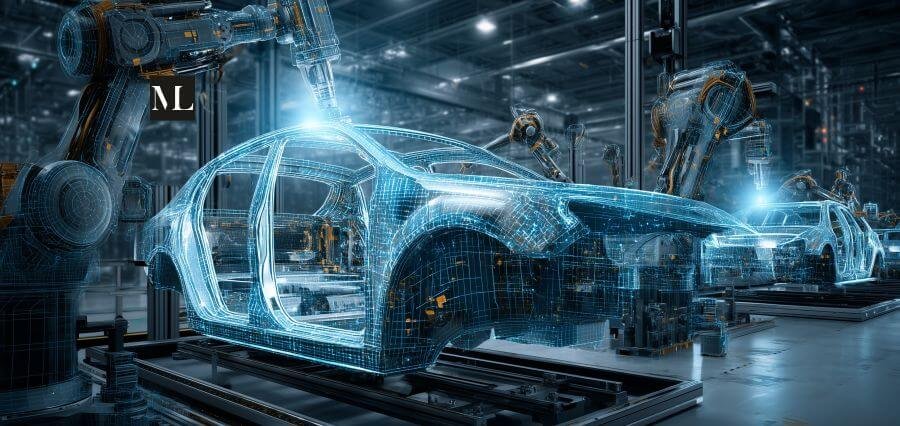Managing Change
The auto world is transforming at a pace never imagined. As 2025 breaks, the intersection of technology, consumerism, and global warming is revolutionizing car production, distribution, and use. It is worth it for manufacturers, consumers, investors, and governments to remain abreast of trends in the automobile sector.
Here is a close-up picture of trends that are remaking the future of motoring.
-
Electric Vehicles Drive the Revolution
Electric cars (EVs) are no longer a niche market–no, they’re mainstreaming. EV sales in America have soared, and nearly everyone believes the upward trend will only continue even after federal subsidies dry up. Tesla is still the market leader, but incumbent automakers like Ford and GM are preparing to step in and keep up.
Europe is somewhat less uniform, however. While EVs have been on the upswing, battery-electric vehicle sales recently dropped moderately because of infrastructure and regulatory concerns. These disparities on a regional scale mean that the switch to electric is in irregular motion, but inexorably, the planet is being propelled toward cleaner, greener transportation.
-
India Becomes a Hub for EVs
India is quickly becoming an EV production center. Companies such as VinFast are opening volume-production facilities, planning to make hundreds of thousands of electric cars a year. Further, foreign auto component titans such as OP Mobility are making heavy-scale investments in Indian manufacturing and technology centers. All these point toward a larger shift in the global supply chain with India being at the cusp of spearheading the EV revolution.
-
Artificial Intelligence Rebuilds Manufacturing
AI is no longer the buzzword it was in the automotive sector—now it’s the technology that is revolutionizing the manufacturing process. Smart systems are being used to automate audits, enhance productivity, and reduce operating costs. For example, new AI-based audit systems have reduced the time taken for inspection by half and overheads considerably. Such an application of AI is a typical illustration of how technology can increase accuracy, safety, and profitability at the shop floor.
-
Cybersecurity Steps into the Limelight
As cars get smarter and more connected, there is increasing risk from cybersecurity. The recent cyber-attack on leading manufacturers brought factories and supply chains to a standstill, reminding the industry of its vulnerability. Manufacturers now show as much concern with digital security as they do with mechanical engineering, so customer and production data is safeguarded.
-
Mobility-as-a-Service Becomes Mainstream
Ownership is no longer the only game. Young consumers, city dwellers, and eco-conscious buyers are embracing mobility-as-a-service (MaaS). Subscription, ride-sharing, and other on-demand mobility options are transforming the old car ownership model. It is not only a business necessity for automakers but perhaps a chance to rethink how they sell, manufacture, and service cars in an increasingly service-based economy.
-
Global Production and Supply Rebalancing Shifts
Global production is making the transition to supporting demand shift. North American production estimates are upgraded to take center stage, with Europe being reduced lower, especially for EV manufacturing. Such changes are an indication that manufacturers should be flexible, not just reacting to consumer sentiment but also to economic and regulatory pressure in different markets.
-
New Players Enter the Field
2025 is not for legacy manufacturers alone. Niche players and start-ups are making other niches, namely electric cars. Munro EV. in Scotland, for instance, are manufacturing all-electric 4x4s with backing behind it and increasing customer take-up. Such start-ups bring new ideas to the table, inducing innovation and competition into a mature legacy manufacturer-dominated market.
Conclusion
2025 will be the reckoning year of the world of automotive. With the thrust towards electric vehicles and AI-driven factories to consumer attitudinal change and disruptors, automobile trends are redefining every element of the business. To stay in the game for businesses as well as consumers alike, staying tuned and flexible is the moment of the imperative. Those who stick with innovation and sustainability will not only survive the coming decade—they’ll dominate it.




